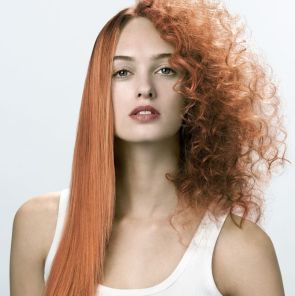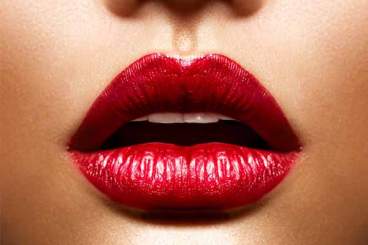
We all know that applying heat to the hair whether straightening, curling, or blow drying is damaging. But why? What exactly does the heat do to the hair strands and why is it bad? Before answering these questions, let’s first talk about what hair is made of.
Hair is made up of keratin which is a protein with long chains of sulfur-containing amino acids. Because of the sulfur atoms, hair is difficult to break. The sulfur atoms from adjacent strands of keratin bond together forming disulfide bonds, which are typically strong bonds giving hair its durable nature and fixed position.

However, this fixed position can be broken with the help of heat. The thermal energy targets these disulfide bonds and breaks them. When broken, the chains of keratin assume the desired position (straight, curly, etc.) and when the hair cools, the disulfide bonds reform leaving the hair in a new fixed position. This process is damaging to the hair shaft because of the high heat that is applied to it making it more brittle.

When moisture contacts the hair, the water creates hydrogen bonds with the keratin which reshapes the stands to its original form. Of course, there are more permanent methods to alter your hair but that will be discussed in a later post. Stay tuned!
Sources
http://www.smithsonianmag.com/science-nature/why-humidity-makes-your-hair-curl-21127724/?no-ist
https://thetartan.org/2009/11/9/scitech/howthingswork




















